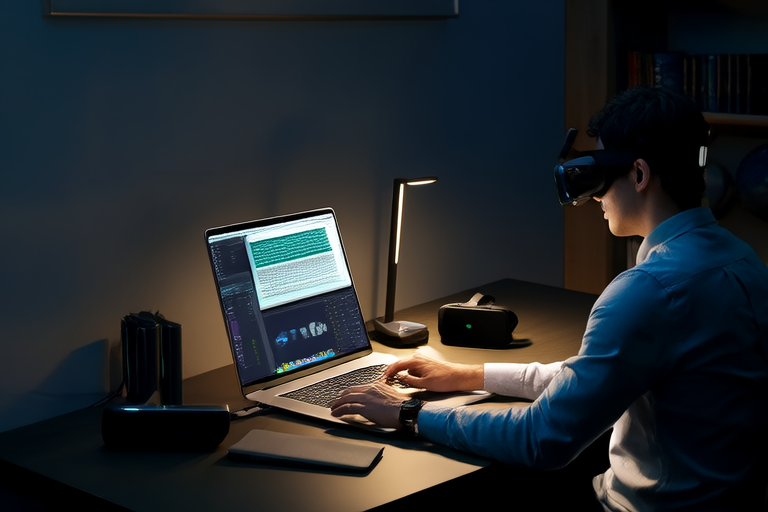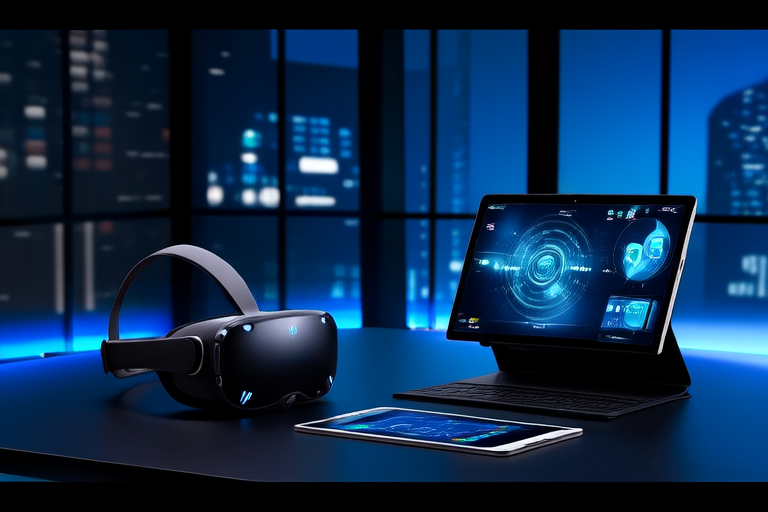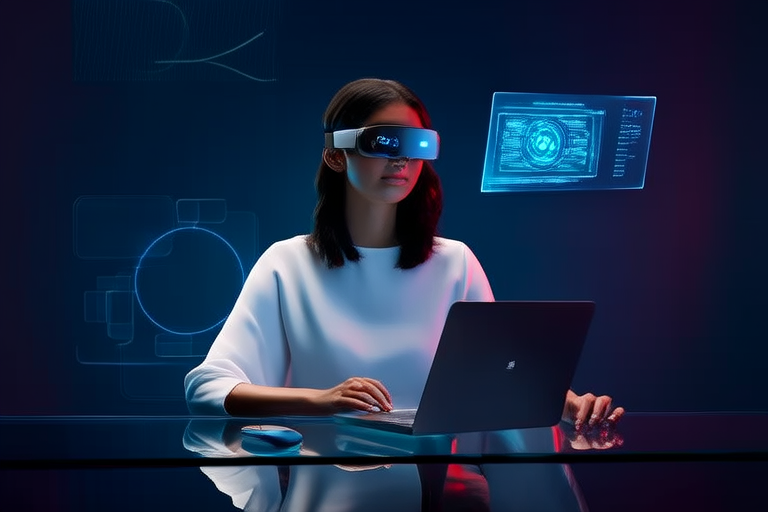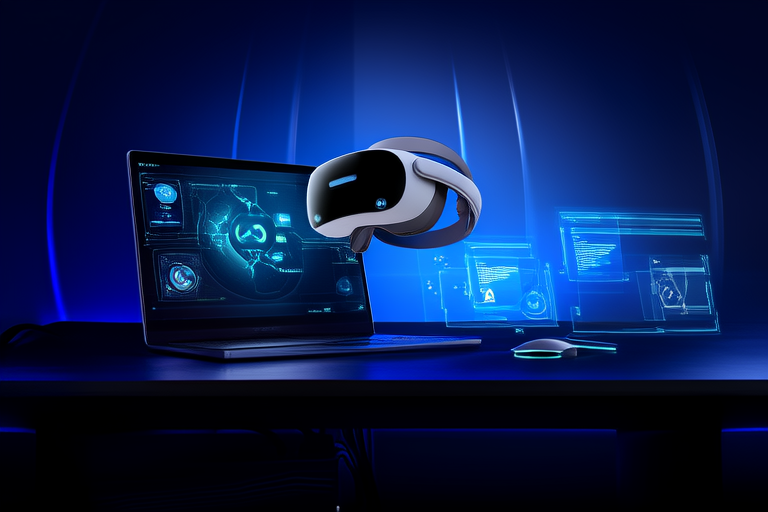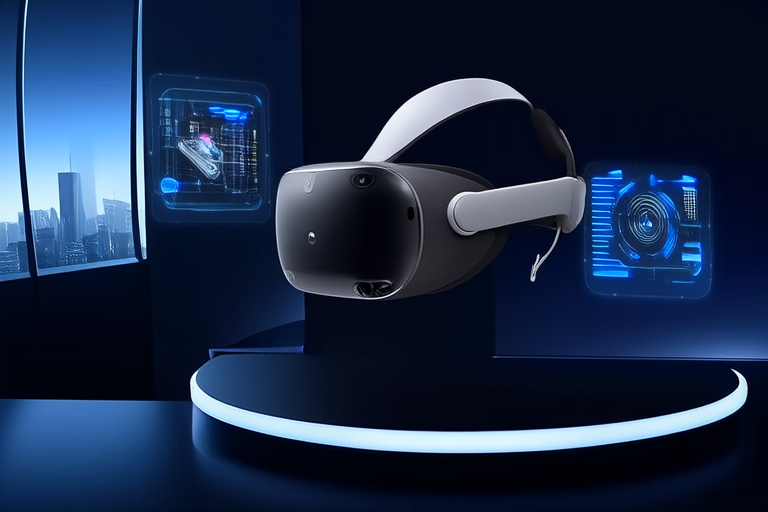The Future of Immersive Experiences: How VR and AR Are Reshaping Reality
Introduction
In recent years, the convergence of virtual reality (VR) and augmented reality (AR) has sparked a revolution in how humans interact with digital environments. These technologies are no longer confined to science fiction; they are becoming integral to reshaping our perception of reality. By creating immersive experiences that blend the physical and digital worlds, VR and AR are transforming industries, enhancing human capabilities, and redefining what is possible. This article delves into the transformative impact of these technologies, exploring their applications across various sectors, current advancements, challenges, and future potential.
A Technological Overview
Virtual reality immerses users in entirely digital environments, often through headsets that block out the physical world. Augmented reality, on the other hand, overlays digital content onto the real world, enhancing it rather than replacing it. Both technologies rely on sophisticated hardware and software, including high-resolution displays, motion tracking sensors, spatial mapping, and advanced algorithms for rendering realistic graphics.
Recent advancements have significantly improved the accessibility and quality of VR and AR systems. Devices like standalone VR headsets and AR glasses are becoming lighter, more affordable, and easier to use. Innovations in haptic feedback, eye-tracking, and artificial intelligence are further enhancing the realism and interactivity of these experiences. Meanwhile, 5G networks are enabling seamless streaming of high-fidelity content, reducing latency and expanding the possibilities for real-time collaboration and interaction.
Applications Across Industries
Entertainment
The entertainment industry has been one of the earliest adopters of VR and AR. From immersive gaming experiences to virtual concerts and interactive storytelling, these technologies are redefining how audiences engage with content. VR allows gamers to step inside their favorite worlds, while AR enhances live events by overlaying additional information or effects. As the technology evolves, creators are experimenting with new forms of narrative and audience participation, blurring the lines between creator and consumer.
Education
In education, VR and AR are transforming traditional learning models by providing experiential and interactive ways to acquire knowledge. Students can explore historical sites, simulate scientific experiments, or practice complex skills in safe, controlled environments. Medical students, for example, use VR to perform virtual surgeries, while engineering students use AR to visualize complex machinery. These tools not only make learning more engaging but also democratize access to high-quality educational resources.
Healthcare
Healthcare is another field where VR and AR are making significant strides. Surgeons use AR to overlay critical information during procedures, improving precision and outcomes. VR is being used for pain management, mental health therapy, and rehabilitation, offering patients immersive environments that promote healing and recovery. Additionally, medical training programs are leveraging VR simulations to prepare practitioners for real-world scenarios without the risks associated with hands-on practice.
Work and Collaboration
In the workplace, VR and AR are reshaping how teams collaborate and perform tasks. Remote work has become increasingly common, and these technologies enable employees to meet in virtual spaces, share documents, and brainstorm ideas as if they were in the same room. AR is also being used in fields like manufacturing and logistics, where workers can receive real-time instructions overlaid on physical objects, increasing efficiency and reducing errors.
Challenges Facing VR and AR
Accessibility
Despite their potential, VR and AR technologies face significant barriers to widespread adoption. High costs, bulky hardware, and technical requirements limit access for many individuals and organizations. While prices are gradually decreasing, affordability remains a concern, particularly in developing regions. Efforts to create more affordable and user-friendly devices are underway, but achieving true accessibility will require continued innovation and investment.
Ethical Concerns
As VR and AR blur the lines between reality and simulation, ethical questions arise about their impact on mental health, privacy, and social behavior. Prolonged exposure to immersive environments could lead to disconnection from the real world or exacerbate issues like addiction and anxiety. Additionally, the collection of sensitive data through AR glasses or VR headsets raises concerns about surveillance and misuse. Addressing these challenges will require robust regulatory frameworks and transparent practices from developers and companies.
Technical Limitations
Current VR and AR systems still face technical limitations, such as limited field-of-view, motion sickness, and battery life constraints. Achieving truly seamless integration of digital and physical elements requires advancements in display technology, processing power, and energy efficiency. Furthermore, ensuring compatibility across platforms and devices remains a challenge, hindering the development of a cohesive ecosystem.
Future Outlook
The future of VR and AR holds immense promise, with potential developments poised to reshape society in profound ways. Advances in artificial intelligence and machine learning will enable more personalized and adaptive experiences, while improvements in hardware will make devices lighter, faster, and more intuitive. The integration of biometric sensors could allow systems to respond to users’ emotions and physiological states, creating even deeper levels of immersion.
One exciting possibility is the emergence of the metaverse—a collective virtual space where users can interact, work, play, and socialize. Companies are already investing heavily in this concept, envisioning a future where the boundaries between physical and digital realities dissolve entirely. However, realizing this vision will depend on overcoming existing challenges and fostering collaboration among stakeholders.
As VR and AR continue to evolve, they will likely become ubiquitous tools in daily life, much like smartphones today. Their ability to enhance human capabilities, foster creativity, and connect people across distances makes them invaluable assets for addressing global challenges. By prioritizing inclusivity, sustainability, and ethical considerations, we can ensure that these technologies benefit humanity as a whole.
Conclusion
Virtual reality and augmented reality are at the forefront of a technological revolution that is reshaping our understanding of reality. From entertainment and education to healthcare and work, these immersive technologies are unlocking new possibilities and driving innovation across industries. While challenges remain, ongoing advancements and collaborative efforts hold the key to overcoming obstacles and unlocking their full potential. As we stand on the cusp of this transformative era, the fusion of the physical and digital worlds promises to redefine what it means to experience, learn, and connect in the 21st century.
